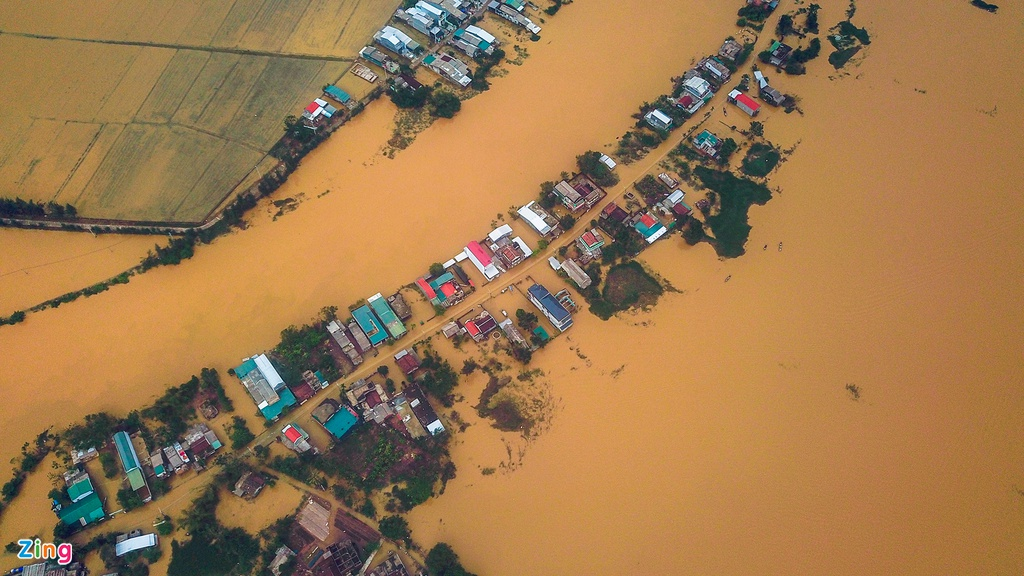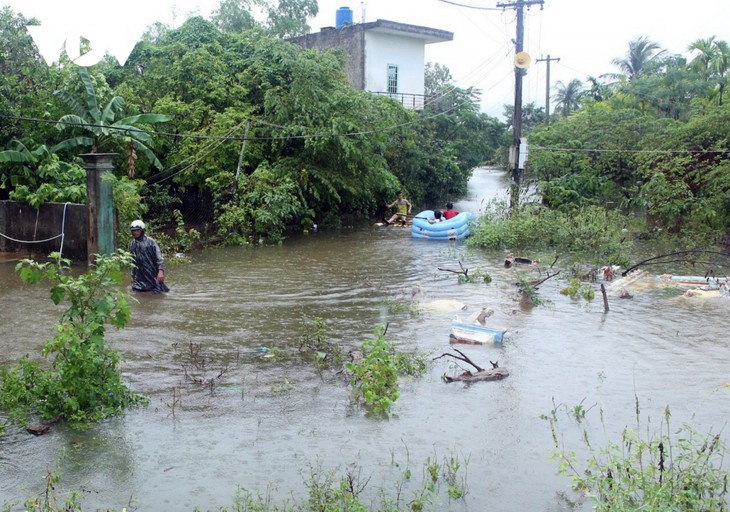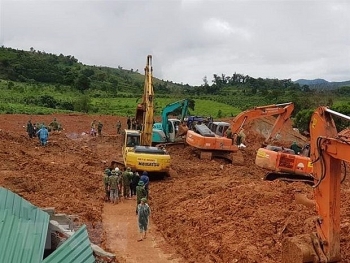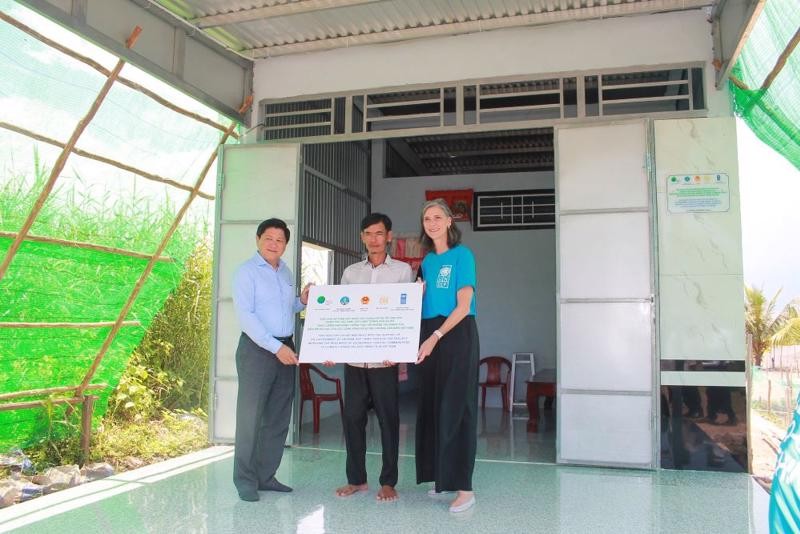WB: Natural disasters can “sweep away” billions of dollars of Vietnam’s economic growth
World Bank has released the report " Resilient Shores: Vietnam’s Coastal Development Between Opportunity and Disaster Risk" which gives an in-depth and multi-sectoral analysis of natural risks in coastal Vietnam and reviews current efforts in risk management as well as proposes a concrete action plan to balance the risks and opportunities of coastal development.
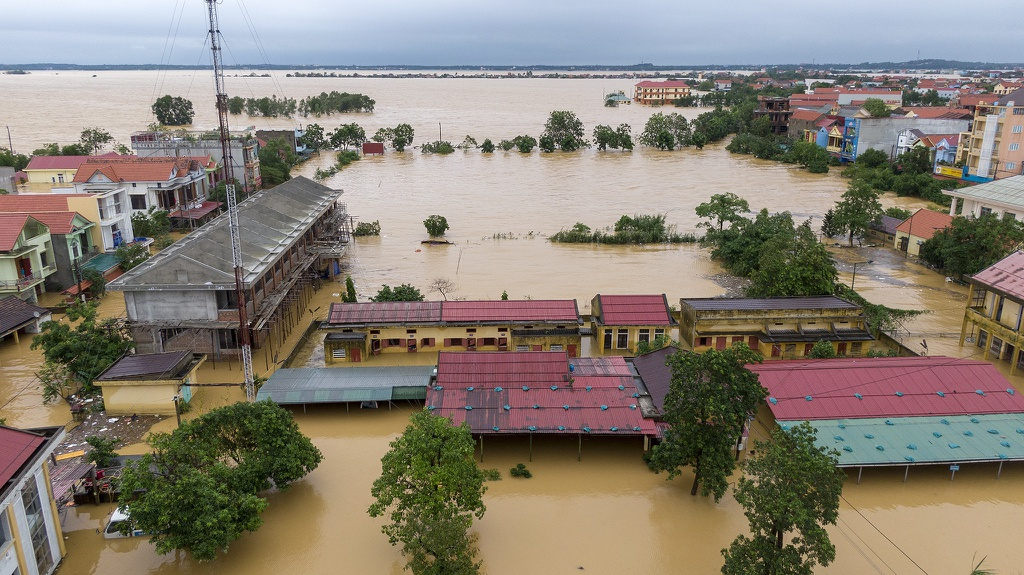 |
| Billions of dollars of economic growth in the next decade will be swept away by natural disasters. Photo: Hoang Giam/ Zing News |
The report was jointly developed by the Vietnamese Government, World Bank and the Global Facility for Disaster Reduction and Recovery.
According to World Bank, natural disasters such as typhoons, storm surges, riverine flooding, coastal erosion, droughts, or saline intrusion are too familiar threats to most people living along the coast.
Natural disasters have direct consequences on the jobs and incomes of millions of people. For example, in 2016, a severe drought in the Mekong Delta caused severe saline intrusion in over 1.4 million hectares of farmland, rendering 22 percent of its rice paddies unviable (12 percent of national rice production and 8 percent of national agricultural GDP), directly affecting the livelihoods of some 3 million rice farmers.
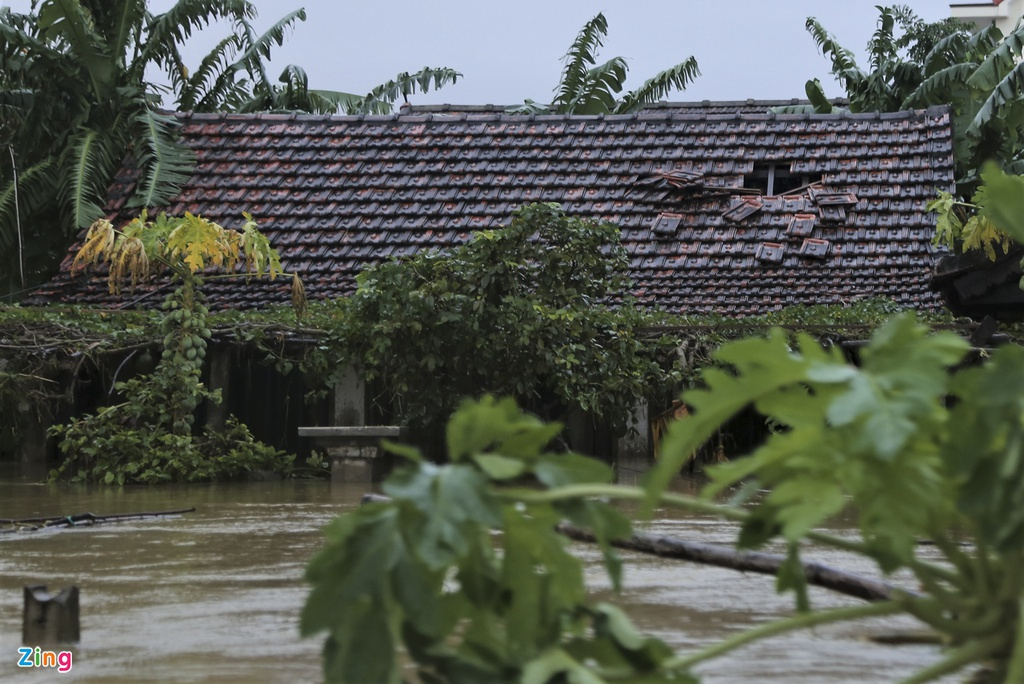 |
| Over 35 percent of settlements are located on eroding coastlines. Photo: Pham Truong/ Zing News |
Rapid urbanization, economic growth, and climate change also mean that disaster risks are bound to increase in the future. New development in coastal areas is increasingly occurring in high flood risk zones as safe places are already occupied. Entire villages are built on sensitive dunes, vulnerable to erosion. In some places the coastline has retreated as much as 300 meters, forcing the displacement of hundreds of households and disrupting their livelihoods.
The raging floods in central Vietnam are the latest evidence of a worrying trend that natural risks, already very dangerous, are becoming more serious due to rapid urbanization, economic development and climate change
WB report emphasized that it is essential to develop a comprehensive coastal resilience strategy; otherwise, billions of dollars of economic growth in the next decade will be swept away by natural disasters.
Tran Quang Hoai Director General, Vietnam Disaster Management Authority, Vietnam’s Ministry of Agriculture and Rural Development said that "To ensure the sustainable development of Vietnam’s coastal zones, we cannot ignore the challenges of natural shocks and climate change. To secure prosperity, we must invest in resilience."
Around 11.8 million people in coastal provinces are exposed to the threat of intense flooding and over 35 percent of settlements are located on eroding coastlines. Each year, an average of $852 million—or 0.5 percent of national GDP and 316,000 jobs are at risk from riverine and coastal flooding in the agriculture, aquaculture, tourism, and industry sectors.
Infrastructure is likely to be affected by disasters. 26 percent of public hospitals and health care centers and 11 percent of schools are exposed to intense coastal flooding. Average annual damages to energy infrastructure amount to $330 million, not least because more than one-third of Vietnam’s transmission grid is located in forested areas, at risk of falling trees and branches during storms.
 |
| The coastline’s wealth of resources and natural beauty offer economic opportunities to the 47 million people who live in the coastal provinces. Photo: Pham Ngon/ Zing News. |
The government of Vietnam has long recognized the importance of disaster risk management as an essential principle of sustainable socio-economic development. Although it has made impressive progress in reducing and managing natural risks, current trends show that the work is far from complete.
“Two-thirds of Vietnam’s dike system, which stretches over 2,659 km, does not meet the prescribed safety standards; in many high-growth provinces, even the set standards leave substantial protection gaps”, WB said.
Carolyn Turk World Bank Country Director for Vietnam said that "If the current trends of rapid economic development in high-risk areas continue, disaster losses are bound to increase. It’s time for a new approach to balance the risks and opportunities so that Vietnam’s coastal regions can continue to be an engine of growth while being resilient to shocks."
| Vietnam’s diverse coastline spans over 3,000 kilometers. The central coast encompasses a narrow coastal strip with small estuaries, bordered by high mountains. The coastline’s wealth of resources and natural beauty offer economic opportunities to the 47 million people who live in the coastal provinces. These opportunities, however, come with risks, as they are exposed to natural hazards caused by the sea and a changing climate. |
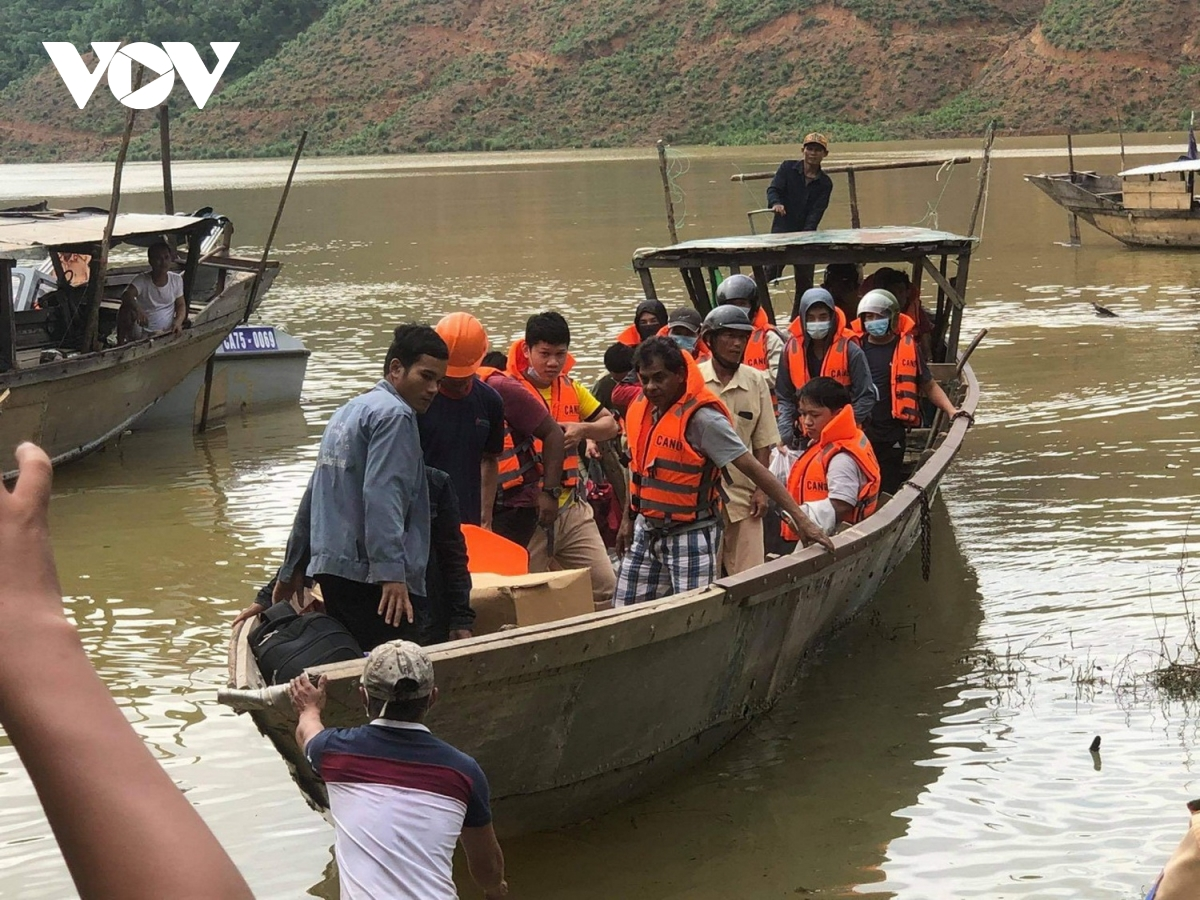 | Catastrophic landslides: one worker found dead, nearly 1,000 people mobilised for rescue efforts A construction worker has been found dead following a landslide near Rao Trang 3 hydropower plant in the central province of Thua Thien-Hue, with 29 ... |
 | Storm Nangka weakens into tropical depression, flood death toll hits 36 Storm Nangka devolved into a tropical depression on October 14 afternoon after hitting the coast from Thai Binh to Thanh Hoa provinces, forcing the evacuation ... |
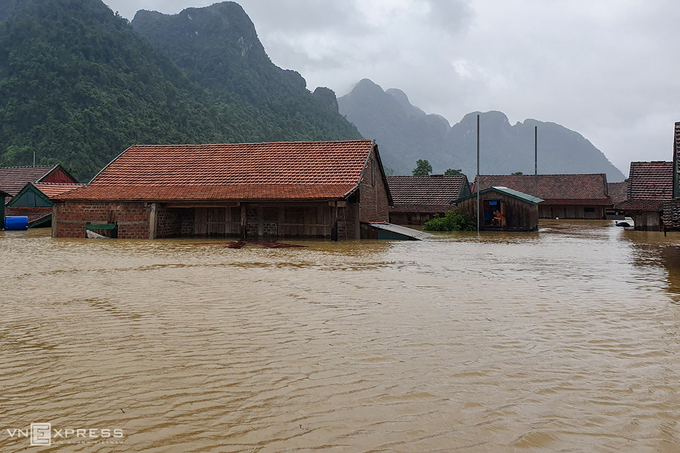 | Death toll reaches 17 as heavy rains wreak havoc, new tropical depression forms after Storm Linfa As of October 11 night, torrential rains claimed 17 lives, left 13 missing and forced the evacuation of 49,700 others. |

